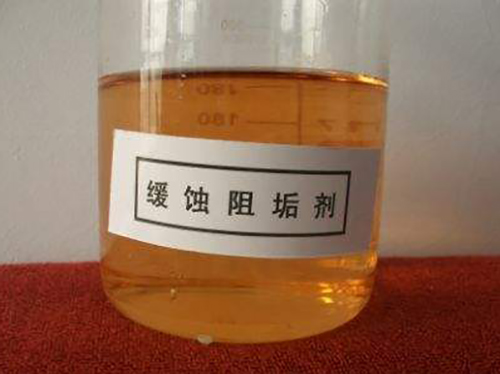diethylene triamine penta methylene phosphonic acid
Diethylene Triamine Penta Methylene Phosphonic Acid An Overview
Diethylene Triamine Penta Methylene Phosphonic Acid (DTPMPA) is a highly useful organic compound that belongs to a class of phosphonic acids. Its unique molecular structure and properties have made it a focal point of research and industrial applications, particularly in water treatment, scale inhibition, and corrosion control.
Chemical Structure and Properties
DTPMPA has a complex chemical structure that includes multiple functional groups. The formula can be represented as C10H30N3O10P5. The presence of phosphonic acid groups contributes to the compound's high stability and solubility in water, making it suitable for various applications. The chelating features of DTPMPA allow it to bind with metal ions, which is crucial in preventing the formation of precipitates in industrial systems.
Applications in Water Treatment
One of the primary applications of DTPMPA is in water treatment processes. It serves as a scale inhibitor in cooling water systems, helping to prevent the precipitation of calcium and magnesium salts, which can lead to scaling on heat exchangers and other equipment. By controlling scale formation, DTPMPA improves the efficiency and longevity of industrial machinery.
Furthermore, DTPMPA is employed in boiler water treatment, where it not only inhibits scaling but also minimizes corrosion in metal surfaces. Its ability to chelate metal ions reduces the availability of free ions that can contribute to corrosion, thus extending the life of boilers and associated systems.
Role in Detergents and Cleaning Agents
diethylene triamine penta methylene phosphonic acid

DTPMPA is also utilized in household and industrial detergents. Its chelating properties enhance the effectiveness of detergents by binding hardness ions in water, which improves the detergent's ability to remove stains and soils. By incorporating DTPMPA into cleaning products, manufacturers can create formulations that are more efficient in hard water conditions, thus appealing to consumers with specific cleaning needs.
Environmental Considerations
In recent years, there has been an increasing focus on the environmental impact of chemical substances used in industrial and consumer products. DTPMPA is often highlighted for its relatively low toxicity and biodegradability compared to other phosphonates. Nevertheless, it is crucial to monitor its usage and disposal to prevent potential environmental harm, especially in aquatic systems where persistent chemicals can accumulate.
Future Perspectives
Looking ahead, the demand for effective scale inhibitors and corrosion control agents is expected to grow, driven by industries such as oil and gas, power generation, and water treatment. DTPMPA stands out as a viable option due to its performance characteristics and lower environmental footprint. Continued research into its applications could lead to the development of more efficient formulations and perhaps new uses in emerging fields such as nanotechnology and biomaterials.
Conclusion
Diethylene Triamine Penta Methylene Phosphonic Acid is a multifunctional compound with significant industrial applications, particularly in water treatment and cleaning products. Its ability to prevent scale formation and corrosion while being relatively environmentally friendly makes it an essential ingredient in numerous applications. As industries seek more sustainable solutions, the role of DTPMPA is likely to become even more critical, making it a compound worth monitoring in the years to come.
-
The Power of Isothiazolinones in Modern ApplicationsNewsMay.08,2025
-
Flocculants in Water TreatmentNewsMay.08,2025
-
Flocculants and Chemical Solutions: What You Need to KnowNewsMay.08,2025
-
Flocculants and Chemical Solutions: A Growing IndustryNewsMay.08,2025
-
Essential Chemicals: Polymaleic Anhydride and MoreNewsMay.08,2025
-
Acrylic Polymers: Essential Solutions for IndustryNewsMay.08,2025





